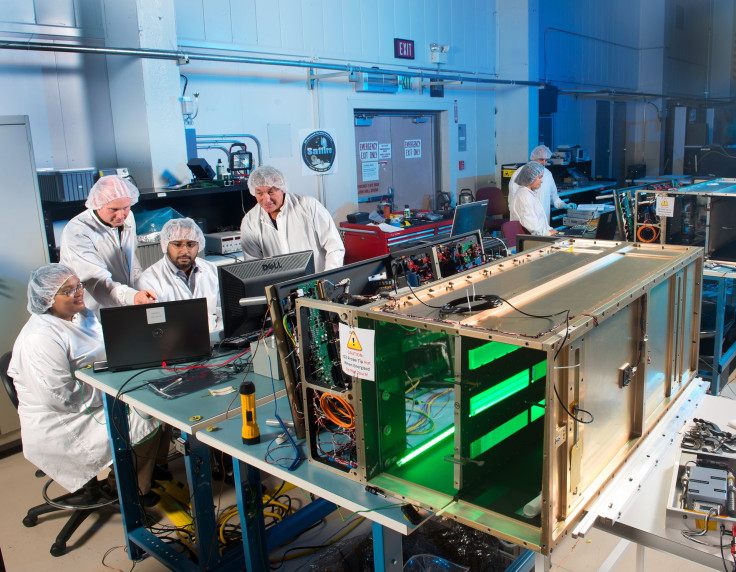NASA Studying Fire In Space With Saffire-II Safety Experiments

Just like any other building that houses living things, fire safety measures are important even in spacecraft that carry human crews. And that makes it important to understand how fire behaves in space.
Toward that end, NASA is conducting a series of three experiments called Spacecraft Fire Safety, or Saffire, and the second of these experiments just concluded aboard an empty Cygnus cargo spacecraft before the vehicle’s destructive reentry to Earth.
Why light a #fire in space? To test how it affects materials like plastics, silicone and fabrics found in spacecraft for astronaut safety. pic.twitter.com/9cetTXycTn
— NASA Glenn Research (@NASAglenn) November 22, 2016
According to updates on NASA’s website, Cygnus was detached from the International Space Station at 8:22 a.m. EST Monday, and the ignition of the first sample of Saffire-II took place at 7:14 p.m. EST. The first four samples were Nomex, “a silicon material at different thicknesses” and the next two samples were cotton-fiberglass blends at different flow speeds. “One was at the same flow speed as Saffire-I and the other was at the flow speed planned for Saffire-III,” NASA said.
The remaining three samples were the acrylic glass used to make windows on spacecraft and flame-retardant clothing used for astronaut clothing. All samples were 2 inches wide and 11 inches long (Saffire-I and Saffire-III samples, only one to each experiment, are much bigger at 16 inches wide and 37 inches tall).
#Saffire II has burned 9 spacecraft materials tonight in #Cygnus. Data will download overnight and more information is expected tomorrow.
— NASA Glenn Research (@NASAglenn) November 22, 2016
Once the data is downloaded and its quality confirmed, Cygnus will be put out of orbit, following which it will fall to Earth but it will burn up in the atmosphere and no piece will reach the ground.
© Copyright IBTimes 2025. All rights reserved.





















